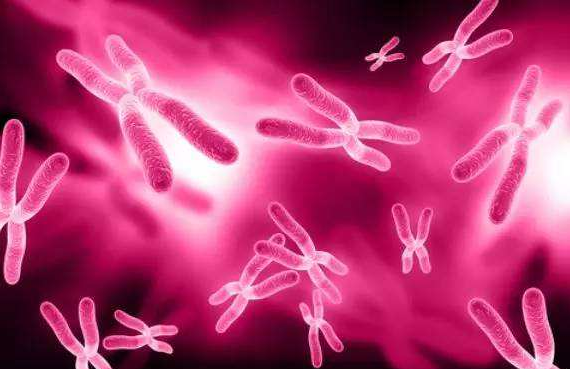Joachim Lingner and Thomas Cech purified Euplotes aediculatus telomerase by taking advantage of the fact that an oligonucleotide with a telomere sequence can bind to the RNA subunit in fully functional telomerase. Their approach was to pass a partially purified nuclear extract through a column containing beads linked to an oligonucleotide with the telomere sequence so that telomerase would bind to the beads. Then they displaced the bound telomerase by adding a solution that contained oligonucleotides with an even greater affinity for the oligonucleotides on the beads.
Purified telomerase had a molecular mass of about 230-kDa and contained a 123-kDa polypeptide, a 43-kDa polypeptide, and a 66-kDa RNA subunit. When the amino acid sequence of the large polypeptide subunit was compared to sequences available in the genetic data bank, they were found to resemble a yeast polypeptide. Although the yeast polypeptide had not been isolated, genetic studies showed that the gene that specifies it, EST2, is essential for telomere maintenance. This sequence similarity suggested the 123-kDa subunit is probably essential for telomerase activity and therefore likely to be the reverse transcriptase.
This conclusion was supported when sequence comparisons with known reverse transcriptases revealed that the 123-kDa polypeptide subunit has a reverse transcriptase domain at its carboxyl terminus. Furthermore, conserved amino acid residues in the catalytic site of reverse transcriptase are also present in both the 123-kDa polypeptide subunit and the ESTZ gene product. Yeast mutants with alterations in these conserved residues cannot maintain their telomeres. The catalytic subunit of telomerase has now been identified in many other organisms including humans. While the function of the 43-kDa polypeptide in E. aediculatus is not yet known, it seems likely to have an ancillary function in telomere maintenance. S. cerevisiae genetic studies also indicate the need for ancillary proteins in vivo because at least three additional yeast genes (ESTI, EST3, and EST4) specify polypeptides that are required for telomere maintenance.
Detailed information about telomerase structure and mechanism of action is not available yet. At the start of the reaction cycle, telomerase binds to the DNA primer with the telomeric RNA template base pairing with the primer's 3'-end. Then the active site of the polymerase adds deoxynucleotides onto the primer 3'-end.Once this addition is complete, the enzyme moves to the new 3'end of the primer strand.








